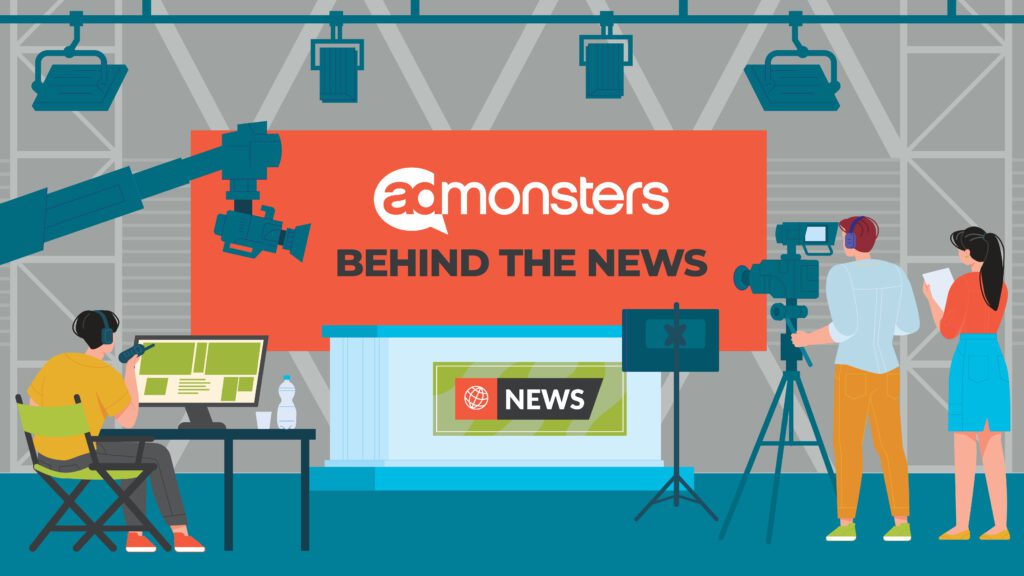
MediaMint shares its vision for how seamless agentic AI integration can produce real efficiency gains for ad ops teams.
If you’ve attended a tech conference in the last year, you’ve probably heard the phrase agentic AI tossed around like confetti.
Everyone wants in on the AI trend, but sometimes it’s hard to tell if there’s substance underneath the hype. So how do you tell the difference?
Rajeev Butani, CEO of agentic rev ops company MediaMint, has a tip for separating AI hype from reality: When a brand promises that an agentic AI solution can do more than it’s capable of, that’s just hype.
AI shouldn’t be about replacing people or spinning up wild promises of end-to-end automation, Butani added. The real value of the tech, he said, comes from automating existing workflows, amplifying what humans are already doing and helping organizations achieve their targets without the magic-wand theatrics.
That mindset informed how MediaMint designed its new agentic AI product, Mia, which the company launched today. Think of Mia as a set of customizable AI tools built to streamline ad ops, assist media planning and automate campaign grunt work.
The product aims to provide publishers “real efficiency gains while always keeping the human at the center of every decision,” Butani said.
MediaMint claims its customers have unlocked up to 50% efficiency improvements in day-to-day campaign management and reporting from using their agentic solutions.
Anne Thiel, senior director, advertising and revenue operations at Cox Automotive, said their partnership with the agentic rev ops company supports this claim. She told AdMonsters that Cox Automotive has had a long-standing strategic partnership with MediaMint and is expanding the relationship by testing Mia’s agentic capabilities.
“It’s not just, like, a tech company selling you the agent. They’re your partner, and they’re actually going to be on the team helping you through it all,” she said, adding that MediaMint deeply understands publisher workflows.
Fitting Into Publisher Workflows
Still, ad ops professionals know the mixed feelings that come with adding yet another “game-changing” ad tech tool coming into their stack. Not to mention the nagging worry about integration headaches or managing yet another platform login.
With those concerns in mind, MediaMint opted not to build its data silo or become a “system of record,” Butani said. Instead, it designed Mia to be a kind of backstage operator that slips into a publisher’s existing stack.
“We don’t want this platform to be another place storing or managing transactions,” he said. All ad ops operations – from campaign activation to reporting and optimizations – still take place within the publisher’s existing systems, he said.
Whether a publisher is running Google Ad Manager, Operative or any number of DSPs, Mia integrates directly with these tools to provide insights and operational coordination.
From Manual Tasks to Meaningful Insights
In addition to prioritizing a less painful integration process, MediaMint created Mia to address some of the pain points in day-to-day ad ops tasks that arise when juggling dozens or hundreds of concurrent campaigns.
Publisher monetization teams are constantly trying to hit moving targets. Campaigns pile up, optimizations keep shifting, and just keeping track of what needs troubleshooting can eat the whole day.
Thiel noted that MediaMint’s unique model plays directly into helping with automation. This allows the tools to absorb real-world operational nuance rather than abstract best practices, she added.
“MediaMint’s agentic AI could open up new ways to deliver campaigns more quickly and efficiently, while also helping to educate advertisers on how to guide prospects through the journey of purchasing a car,” she said.
These strategies help free up more time for Cox’s internal teams to spend on monetization strategy.
According to Butani, Mia can handle mountains of campaign data and task lists, automating grunt work like pacing and reporting and flagging underperforming campaigns that need love.
Plus, Butani said, by shaving minutes off busywork, AI tools let humans focus less on checklists and error-hunting. That gives publishers more space to strategize and innovate on revenue opportunities, such as optimizing for CPM, testing new demand channels or experimenting with programmatic package deals.
At Sell Side Summit Austin, Thiel said her team is already exploring how agentic workflows could eventually support proactive optimization, such as automatically adjusting campaigns that fall below pacing or CTR thresholds, while always leaving it to humans to make the final judgment call.
Keeping Humans in the Loop
Still, despite the positives of emerging agentic AI solutions, many publishers worry about losing the human touch in their workflows. Ad and rev ops professionals have concerns about rogue algorithms running wild with key performance metrics or, worse, missing important nuances that only experienced teams would catch.
“With AI, you can move fast, but you don’t ever want to break things that actually matter,” Butani said. That’s why the human operator has the final say in implementing Mia’s suggestions, especially on high-stakes optimization or campaign tweaks.
“Ultimate accountability always stays with the person behind the screen,” Butani emphasized. “We empower the experts to use their judgment on top of the AI’s output.”